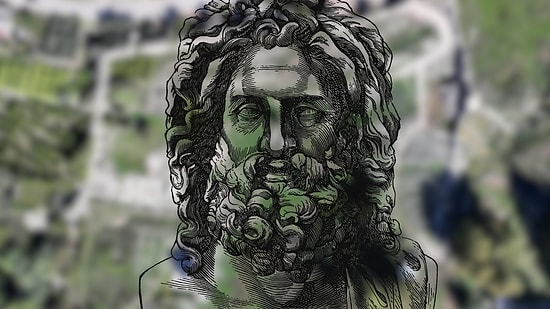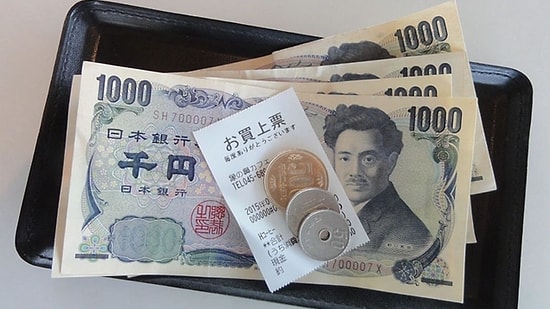
15 of the Richest Criminals in the World, Their Net Worth, and What Crime Made Them Famous
It's logical that illegal activity generates enormous amounts of dirty income and frequently pays much more than legal employment. Numerous criminals profited hugely from their illicit acts, although several nations adopted significant measures to eradicate crime.The most notorious criminals in history have acquired enormous wealth yet remain imprisoned. A massive reward always accompanies criminal activity.Have you ever wondered what crimes the world's wealthiest offenders committed and who they are? These people have amassed a substantial fortune from the criminal underworld to fund their armies.Following is a list of historically wealthy criminals with their net worth.






















